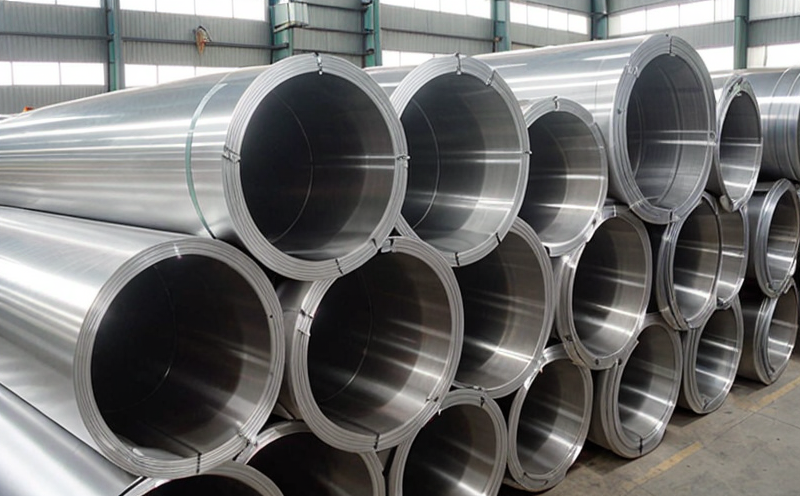ASTM G85 Seawater Fog Cyclic Corrosion Simulation
The ASTM G85 cyclic seawater fog test simulates corrosive environments experienced by marine and ship equipment exposed to saltwater. This testing procedure is crucial for ensuring the durability, reliability, and longevity of materials used in maritime applications.
This standard provides a means to evaluate the resistance of metallic materials, including those made from aluminium alloys, against atmospheric corrosion when subjected to cyclic seawater fog exposure. The test conditions are designed to mimic the corrosive nature of salt spray, which can significantly affect material integrity over time.
The ASTM G85 procedure involves subjecting specimens to a series of cycles where they are exposed to a mist composed of seawater and air under controlled temperature and humidity conditions. Each cycle consists of exposure to the fog environment followed by drying periods. The number of cycles varies depending on the specific test requirements, but it commonly ranges from 100 to several thousand.
Aluminium materials are particularly susceptible to corrosion in marine environments due to their reactive nature with water and oxygen. This makes ASTM G85 a valuable tool for manufacturers and researchers aiming to optimize alloy composition or surface treatments for improved durability.
The test is conducted using a specialized fog chamber that replicates the corrosive atmosphere found on ships and offshore structures. The specimens are typically mounted in a manner that simulates real-world conditions, such as being exposed to spray from the sea. This ensures accurate representation of how materials will perform under actual operational stress.
The results provide critical insights into the performance characteristics of various aluminium alloys across different environments. Engineers can use these findings to refine designs and select appropriate materials for specific applications based on their expected service life in maritime settings.
Scope and Methodology
The ASTM G85 cyclic seawater fog test is designed to evaluate the corrosion resistance of metallic materials, particularly aluminium alloys, when exposed to a simulated marine environment. The test procedure involves subjecting specimens to cycles of exposure to a mixture of seawater and air under controlled conditions.
In this standard, the test setup includes a fog chamber where the specimen is placed horizontally with its surface facing upward or at an angle that mimics real-world exposure scenarios. Specimens are typically 50 mm by 125 mm in size but can vary based on the specific requirements of the test.
The fog consists of a solution containing sodium chloride (NaCl), which simulates sea spray. The concentration and temperature of this mist are carefully controlled to ensure consistency across all tests conducted according to ASTM G85 standards. Exposure times for each cycle depend on the desired duration, but they often last between 10 minutes to several hours.
After completing the specified number of cycles, the specimens undergo thorough examination using visual inspection methods and possibly more advanced techniques like X-ray fluorescence analysis (XRF) or scanning electron microscopy (SEM). These examinations help determine any changes in surface appearance, such as pitting or discoloration, which indicate areas of active corrosion.
The ASTM G85 standard also specifies acceptance criteria based on visual inspection results. Generally, a specimen passes the test if less than 10% of its total exposed area shows signs of visible corrosion after completing all cycles. Compliance with these criteria ensures that materials meet necessary quality standards before being used in critical maritime applications.
Benefits
- Enhanced Durability: By simulating real-world exposure conditions, ASTM G85 helps identify potential weaknesses in material design early on during product development stages.
- Improved Product Quality: Ensures that only high-quality materials pass the test, leading to improved overall reliability and performance of end products.
- Cost Savings: Identifying issues early through testing reduces costs associated with late-stage modifications or failures in harsh marine environments.
- Safety Improvements: Ensures that critical components do not fail prematurely due to corrosion, enhancing safety standards for maritime operations.
- Informed Decision Making: Provides valuable data on material behavior under specific environmental conditions, aiding informed decisions about alloy selection and surface treatment options.
- Regulatory Compliance: Ensures adherence to relevant industry regulations and standards, facilitating smoother market entry processes for manufacturers.





